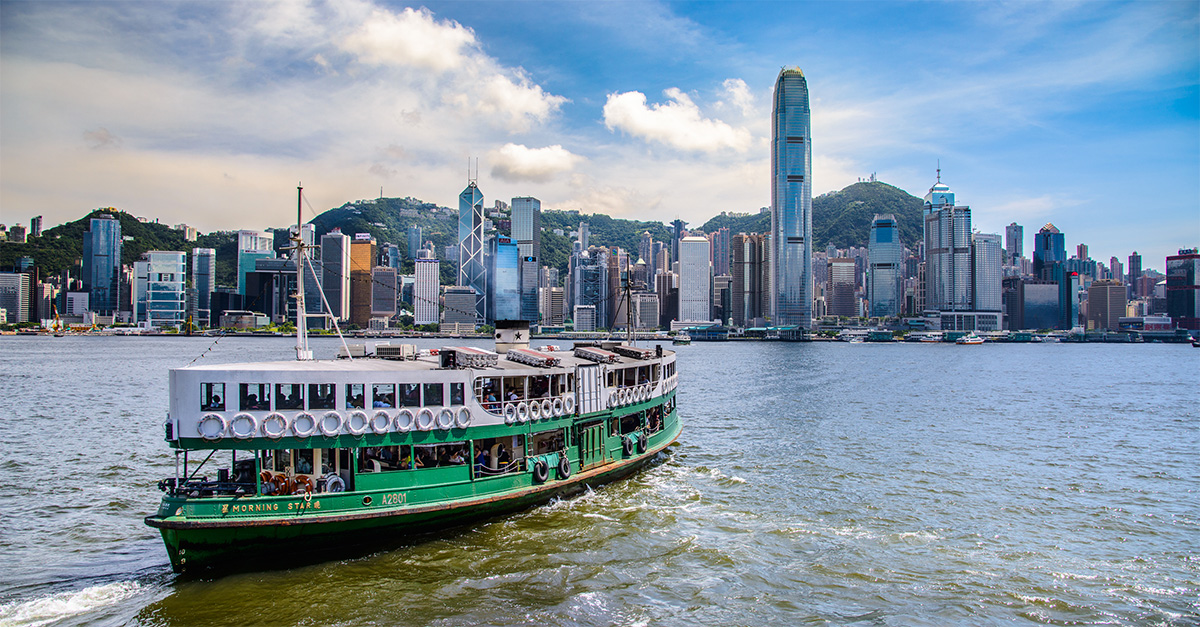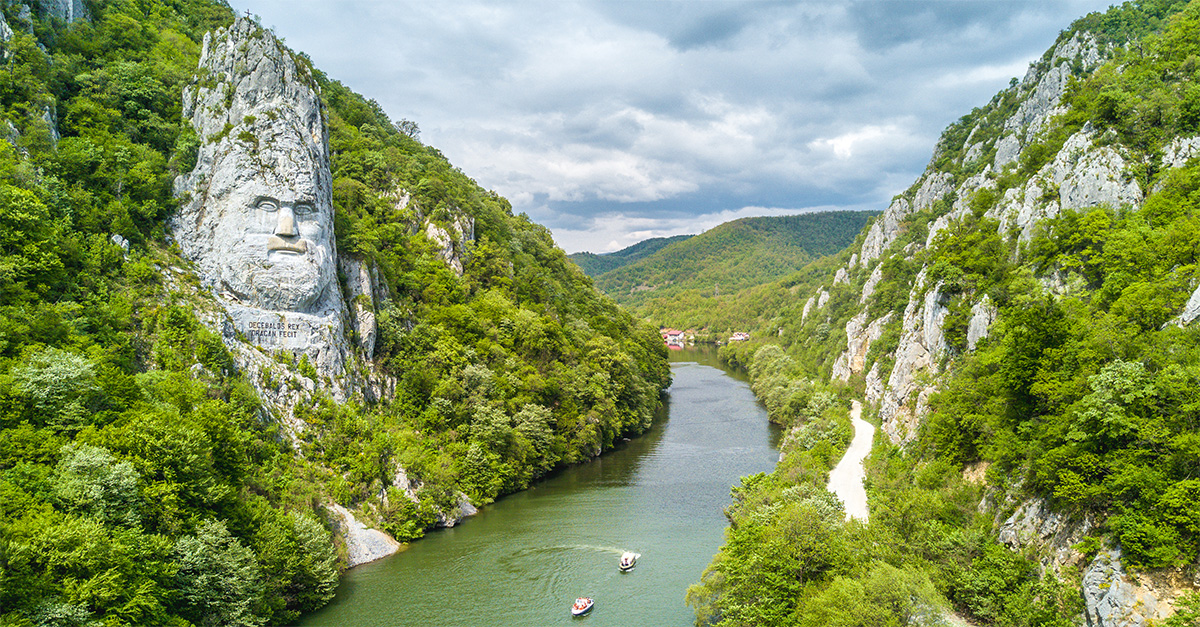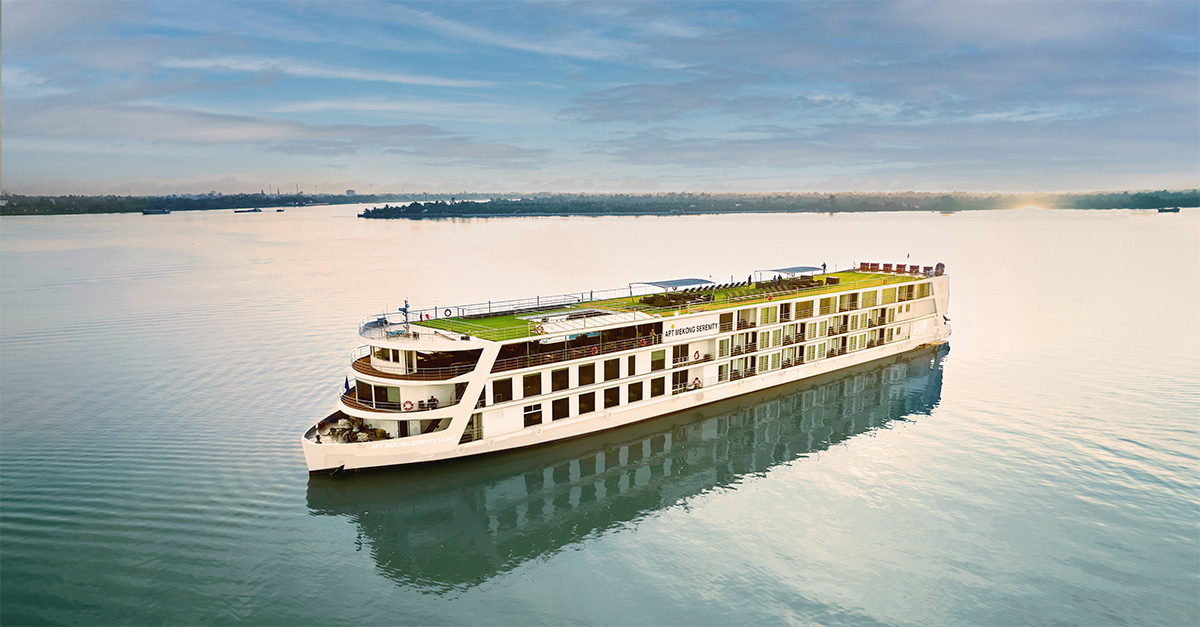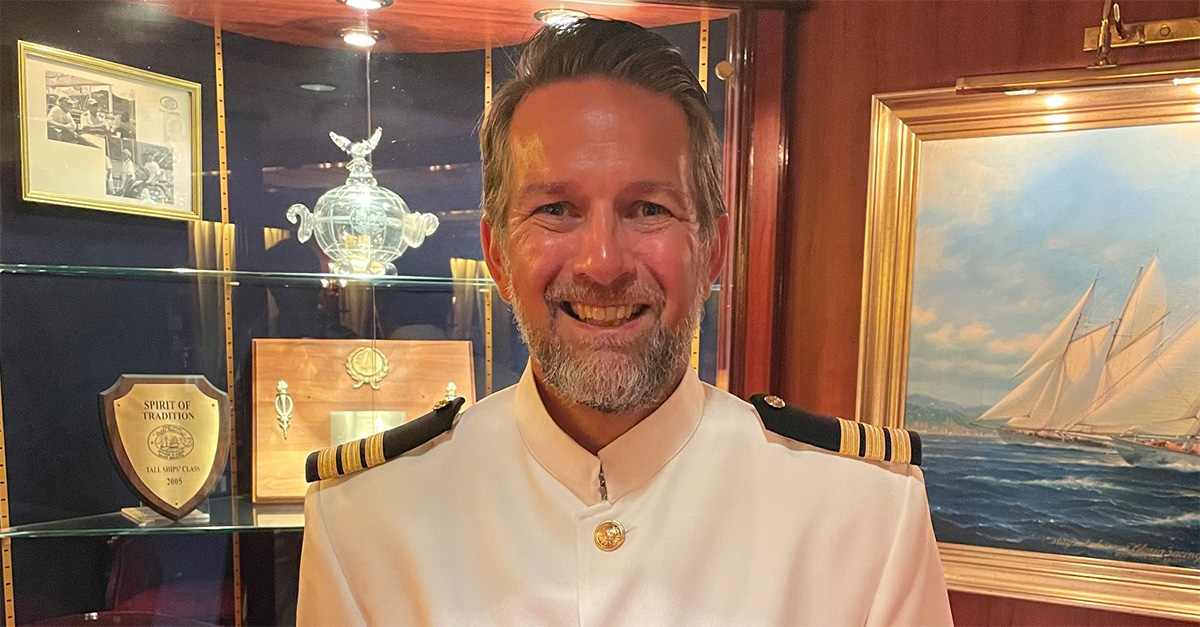Tasmania’s activities, dramatic scenery and rare wildlife will delight daredevils and nature lovers. Janine Kelso reports
Tasmania is as wild and isolated as holiday destinations come. Separated from mainland Australia by a 150-mile stretch of water, the tiny state is almost all rugged, untamed countryside.
“It is one of the most mountainous islands in the world with beautiful deserted beaches,” said Tourism Tasmania regional manager Sandra Leach. “Its national parks and reserves are home to some of the world’s rarest animals.”
Like much of Australia, the island is best explored by taking a self-drive holiday as its roads are usually empty and offer stunning scenery, while its relatively small size means it’s possible to see the best sights in two weeks.
A range of activities await thrill-seekers, such as Hollybank Treetops Adventure in northern Tasmania. The ride, launched in January, uses a series of zip lines to propel would-be Tarzans or Janes through the rainforest canopy at 25mph.
And it’s now possible to explore another region of Tasmania’s precious west coast rainforest on the edge of the Tarkine Wilderness, which contains native orchids, Tasmanian devils, possums and the orange-bellied parrot.
Sights
Take a stroll around the colonial-style streets of Hobart, Australia’s second-oldest city, and explore the cafes, antique shops and convict-built houses of its historic Battery Point district. At night, relax in one of the city’s waterfront restaurants and, by day, take a harbour cruise.
Surrounded by forests, mountains and beaches, the city has a wealth of adventures on its doorstep. Enjoy sweeping views of the city from Mount Wellington, 13 miles from Hobart. For a real adrenalin rush, cycle down the mountain.
Spot a black and furry Tasmanian devil, the world’s largest surviving carnivorous marsupial, at the Bonorong Wildlife Park.
Learn more about the island’s convict past at Port Arthur, which holds the ruins of the 1830s penal settlement – a place so brutal it was once branded ‘hell on earth’. If you want to get spooked, take a guided ghost tour of the area. Tours take place every night.
Activities
It’s easy to get active in Tasmania with a raft of activities on offer such as abseiling, caving, mountain biking, diving, hang gliding, jet boating, kayaking, rock climbing, surfing and white-water rafting.
Soak up the alpine scenery by going trekking in Cradle Mountain Lake St Clair National Park, awash with lakes and mountains. For a real challenge, try the region’s most famous bush walk, covering 40 miles of picturesque terrain.
Head for the Freycinet peninsula, on Tasmania’s east coast, for wildlife spotting, swimming and kayaking. The region is home to Wineglass Bay, hailed as one of the world’s best beaches thanks to its pristine white sand and clear waters.
Treat your tastebuds to some handmade cheese at Ashgrove Cheese Factory, in Elizabeth Town, central northern Tasmania, where visitors can also learn about the production process.
Wine enthusiasts should make a beeline for the vineyards of the Tamar Valley, near Launceston and Coal River Valley, a stone’s throw from Hobart. Most wineries have tasting sessions and many have restaurants offering gourmet cuisine. Don’t leave Tasmania without trying the tasty seafood.
Tasmania also has a variety of festivals – try the Hobart Beerfest and the Great Tasmanian Oyster Riot.
Accommodation
Hipsters should plump for Hobart’s chic boutique property, the Henry Jones Art Hotel. Located in an old jam factory, the 50 stylish rooms offer sweeping views of the historic waterfront, and the restaurants serves top tucker.
For an intimate and exclusive retreat, stay in one of the 11 rooms at the award-winning Islington Hotel in Hobart. Filled with art and antiques, this charming property affords stunning views over Mount Wellington and has a great wine cellar.
Nestled in a rainforest flush with wallabies, wombats and possums, the Cradle Mountain Lodge has cosy log cabins with open fires. One of its two restaurants has a walk-in wine cellar.
The four-star Freycinet Lodge is good for exploring Freycinet National Park. Its 60 timber cabins in the casaurina and tea tree forest are linked by raised boardwalks and overlook Great Oyster Bay, a short walk from the idyllic Wineglass Bay.
Tasmania: travel fact file
Gateway airport: Hobart. There are no direct flights here from the UK, but you can fly there via Sydney or Melbourne.
Airlines Many airlines fly to Sydney and Melbourne including Emirates, Qantas and British Airways. Airlines to Hobart from the gateway cities include Qantas, Virgin Blue, Jet Star and Tas Air.
Flying time: London to Sydney takes 24 hours.
Tour operators: Abercrombie and Kent, Connections Worldwide, Kuoni, Seasons in Style, Thomas Cook, Thomson, Tradewinds, Travel 2, Virgin Holidays.
Weather: Summers are warm and dry, while winters are cold and wet. The west of the island has the most rainfall and there is heavy snowfall in the mountains in July and August.
Currency: Australian dollars
Time difference: GMT +11 hours
Tasmania: sample holidays
Connections offers a seven-day escorted Tassie Explorer Island Adventure tour for £500 per person from April 1 2008 to March 31 2009, featuring a four-day Western Wilderness Safari visiting Hobart, Tarraleah, Cradle Mountain, Strahan and Launceston as well as a trip to Freycinet National Park, including entrance fees, sightseeing, accommodation and some meals.
Thomson Tailor-made is offering a five-night, six-day guided Overland Track tour in the Tasmanian Wilderness Area from April 1 2008 to March 31 2009. Prices start at £1,085 per person including accommodation in Cradle Huts, transfers from Launceston, meals, guides, national park fees and a ferry trip across Lake Clair. Up to 10 people per group are permitted.
Virgin Holidays offers a six-day self-drive tour of Tasmania for £1,419 per person in May, featuring Launceston, Strahan and Hobart, including flights and accommodation.
Kuoni offers seven nights at the Henry Jones Art Hotel in Hobart for £1,618 per person in May, including flights.




